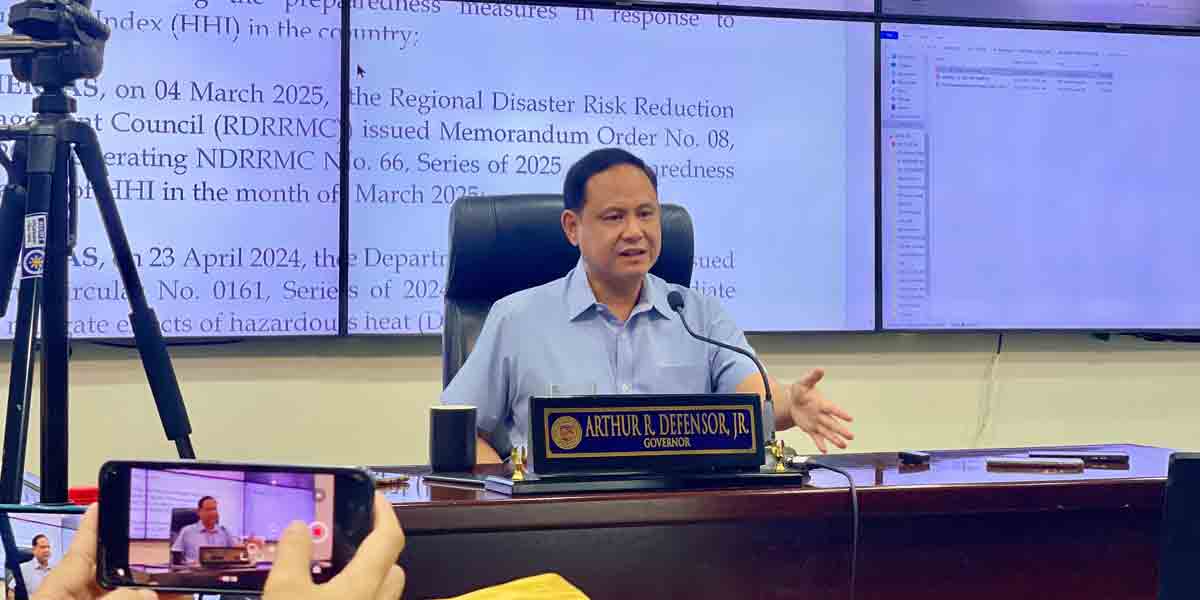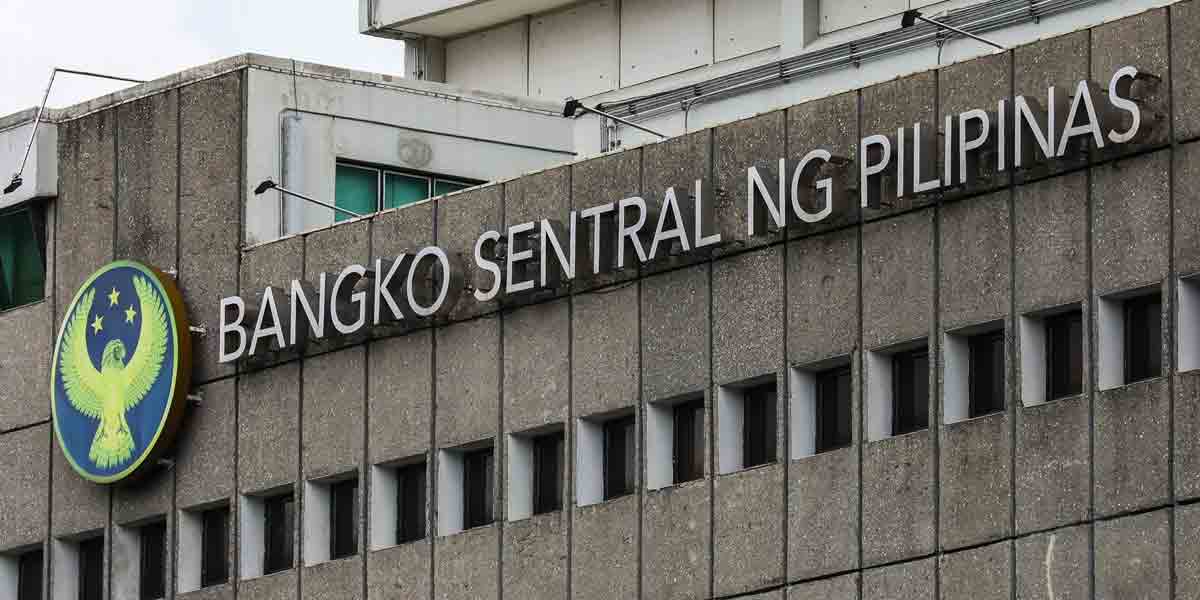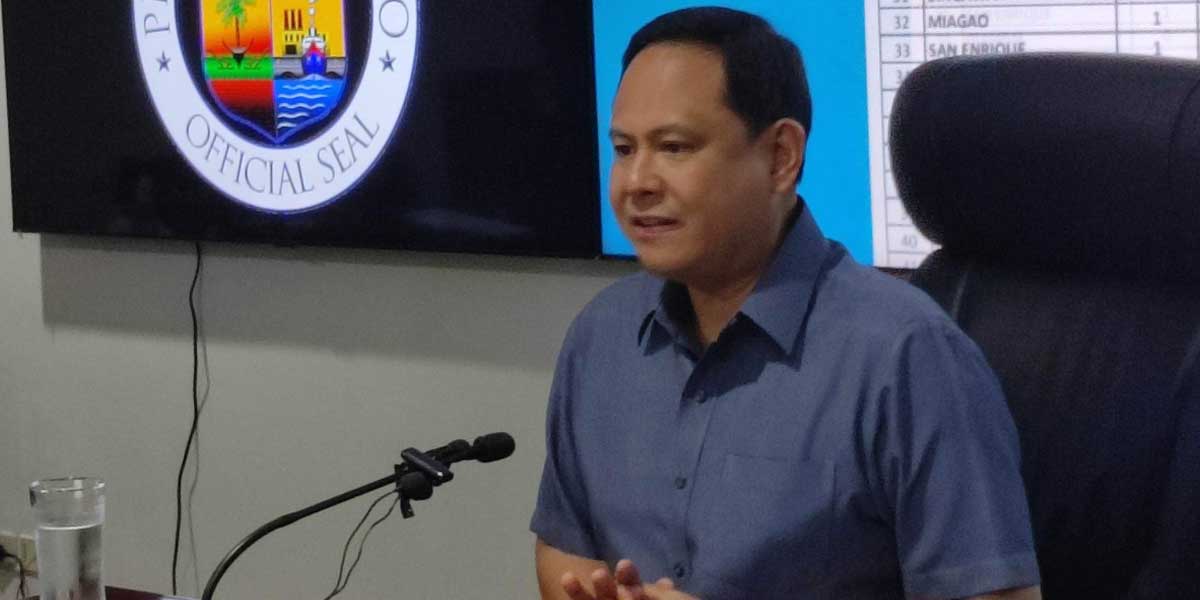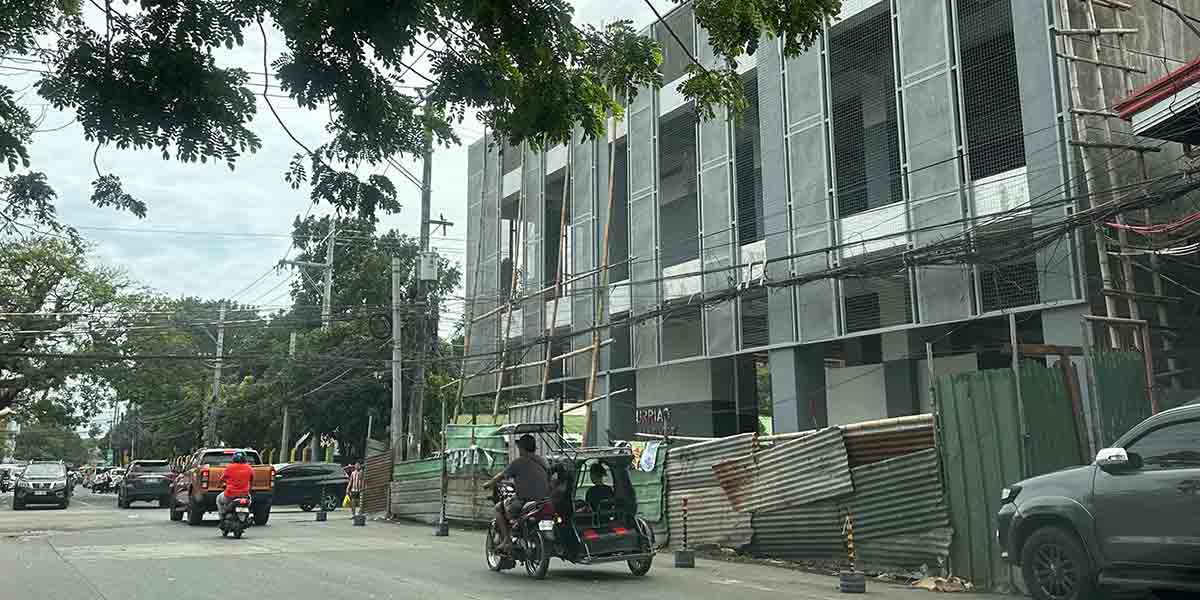The implementation of the enhanced Local Public Route Transport Plan (LPTRP) in Iloilo City has revealed significant lapses and issues that need urgent attention. One of the most contentious aspects is the limited number of provincial jeepneys allowed to enter city routes, affecting the work, livelihood, and daily routines of many citizens.
The current policy permits only 25 percent of provincial jeepneys from nearby towns like Oton, Leganes, and Pavia to enter Iloilo City. This restriction has led to severe inconvenience for passengers, particularly those who commute for work or education.
The limited availability of jeepneys results in longer waiting times, overcrowded vehicles, and increased travel costs as passengers are often forced to take multiple rides to reach their destinations. The difficulties are exacerbated for those traveling at night, raising safety concerns and further hindering their ability to return home efficiently.
The limited entry of provincial jeepneys has caused inconvenience and delays for daily commuters who rely on these vehicles for transportation to work. Passengers often face long waits and overcrowding at terminals, disrupting their work schedules and reducing productivity.
The reduced number of jeepneys also affects the income of drivers and operators. With fewer trips allowed, their daily earnings have significantly dropped, putting a strain on their livelihoods. The uncertainty of whether they can enter the city also discourages potential passengers, further decreasing ridership and income.
The restriction on provincial jeepneys has a domino effect on the movement of goods. Farmers and small business owners who depend on these vehicles to transport their products to city markets face delays and increased costs. The limited transportation options lead to slower delivery times and potentially higher prices for consumers.
Students from provincial areas will also bear the brunt of these transportation issues. The difficulty in securing reliable transportation affects their punctuality and attendance, impacting their education. The stress of navigating an unreliable transport system can also detract from their focus and academic performance.
The coordination between the city’s LPTRP and the province’s transport plan is crucial to address these issues. While the City Council has approved the first reading of an ordinance to add 850 new loading and unloading areas for Public Utility Vehicles (PUVs), the actual implementation of these changes is critical.
A consultant for Joroshely Transport Services, Inc., pointed out that adjustments are needed to ensure a smooth dispatching system and better coordination among transport cooperatives. The current dispatching plan is not clear, and the perimeter boundary terminals are not fully ready for implementation, the consultant added.
The Mohon Terminal, in particular, faces significant challenges such as congestion and poor conditions during rain, which need urgent attention. The lack of proper infrastructure, such as adequate loading and unloading zones, further exacerbates the problem.
The proposed increase to 40% entry for provincial jeepneys is a step in the right direction. However, a comprehensive review and improvement of the entire transport system are necessary to ensure it meets the needs of passengers, supports livelihoods, and facilitates smooth operations within Iloilo City.
Effective communication, clear policies, and adequate infrastructure are essential to achieving a balanced and efficient transportation system.
The enhanced LPTRP holds promise for modernizing Iloilo City’s public transport system, but its successful implementation requires addressing the current lapses and bottlenecks.
A collaborative approach involving city and provincial authorities, transport cooperatives, and the public is essential for refining the plan.
By increasing the entry limit of provincial jeepneys, improving infrastructure at terminals, and ensuring effective communication with passengers, Iloilo City can create a more inclusive, efficient, and reliable public transport system that supports the economic and social well-being of its residents.
The city council and other stakeholders must prioritize these adjustments to mitigate the adverse impacts on commuters, businesses, and students, ensuring that the enhanced LPTRP fulfills its intended goals.

























